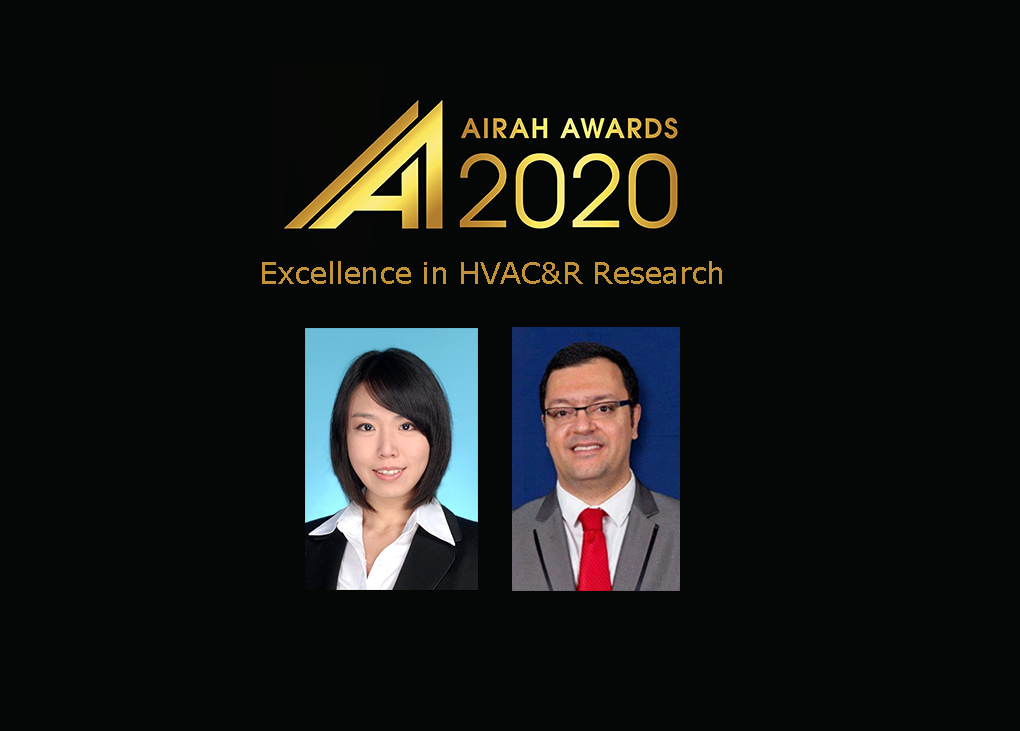The finalists for the 2020 AIRAH Awards have been announced. This year, the awards ceremony will be held as a virtual event on Tuesday, November 10.
The winners will be announced at the online awards ceremony, as part of AIRAH’s Outlook 2020 International HVAC&R Conference. The conference will be a full-day virtual event featuring three keynote speakers, two panel sessions, five streams, a networking café, and more than 30 speakers.
One of the categories that celebrate talents across the spectrum of the HVAC&R industry is the Excellence in HVAC&R Research award. This award recognises outstanding achievements in research that have produced additional knowledge of HVAC&R systems and may lead to improvements in these technologies.
The 2020 finalists in this category are:
Dr Xiaolin Wang, Affil.AIRAH, Australian National University
Carbon dioxide hydrate-based cold thermal energy storage and carbon capture
Air conditioning consumes 10 per cent of electricity globally, and creates a heavy peak load on the grid. Through cold storage, cooling can be produced off-peak and deployed at peak times.
Carbon dioxide hydrate is a promising cold storage material; however, it has restricted implementations due to heat and mass transfer issues. Funded by the Australian Research Council, this research aims to increase CO2 uptake in hydrates from the current 15.4 per cent to 90 per cent of its rated capacity by employing porous media, super-thermal conductive materials, and biomimetic shaped encapsulation.
The outcomes include peak demand shifting, energy cost reduction, and alleviation of solar cooling intermittency.
Dr Vahid Vakiloroaya, Innowate
Towards Green Buildings
In a conventional building management system, a single thermostat is usually the only feedback mechanism for determining thermal comfort in a given zone. This can also be influenced by the micro‑climate around it, and although the set-point can be adjusted, it may not suit the human sense of comfort of all the occupants.
This technology directly communicates with a building’s cooling and heating systems, and based on the building application, ambient temperature and occupant activity, computes and selects the optimum temperature to provide thermal comfort and reduce electricity consumption. It can be retrofitted to most systems. And in markets such as Australia, where air conditioning is the main driver of peak demand, it can provide substantial network infrastructure savings.
The AIRAH Awards 2020 will be held as a free-admission virtual event on Tuesday November 10 at 4.30pm (NSW, Vic, ACT, Tas) | 4pm (SA) | 3.30pm (Qld) | 3pm (NT) | 1.30pm (WA).
For more information and to register for the Awards ceremony, click here.



Leave a Reply